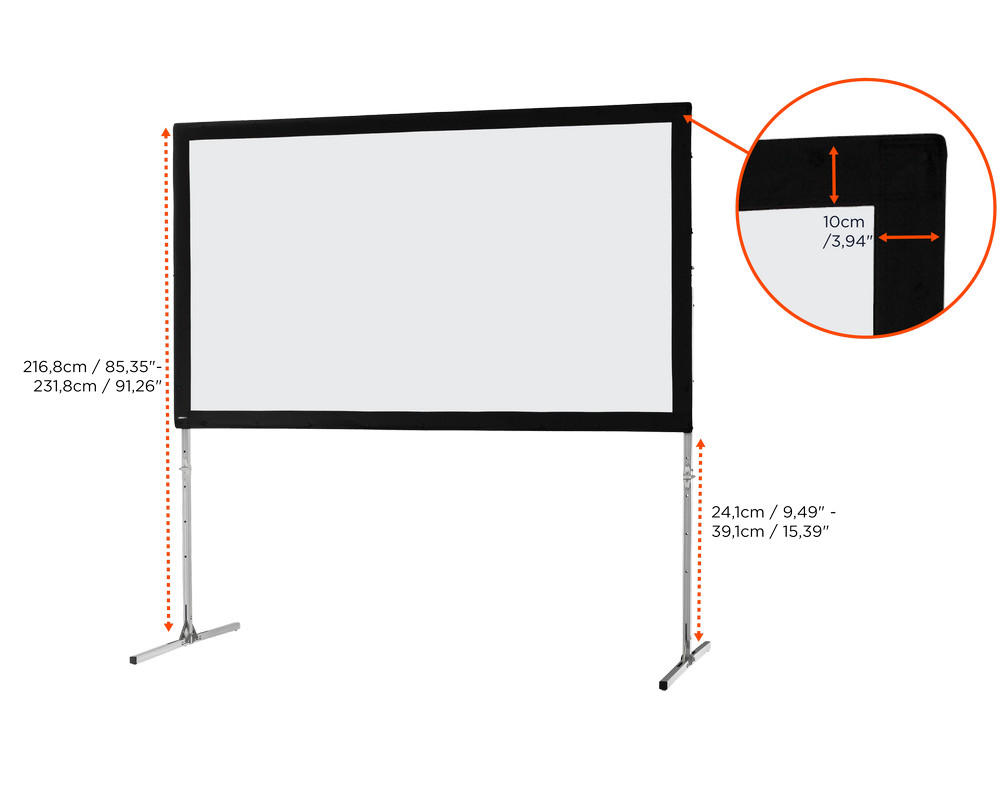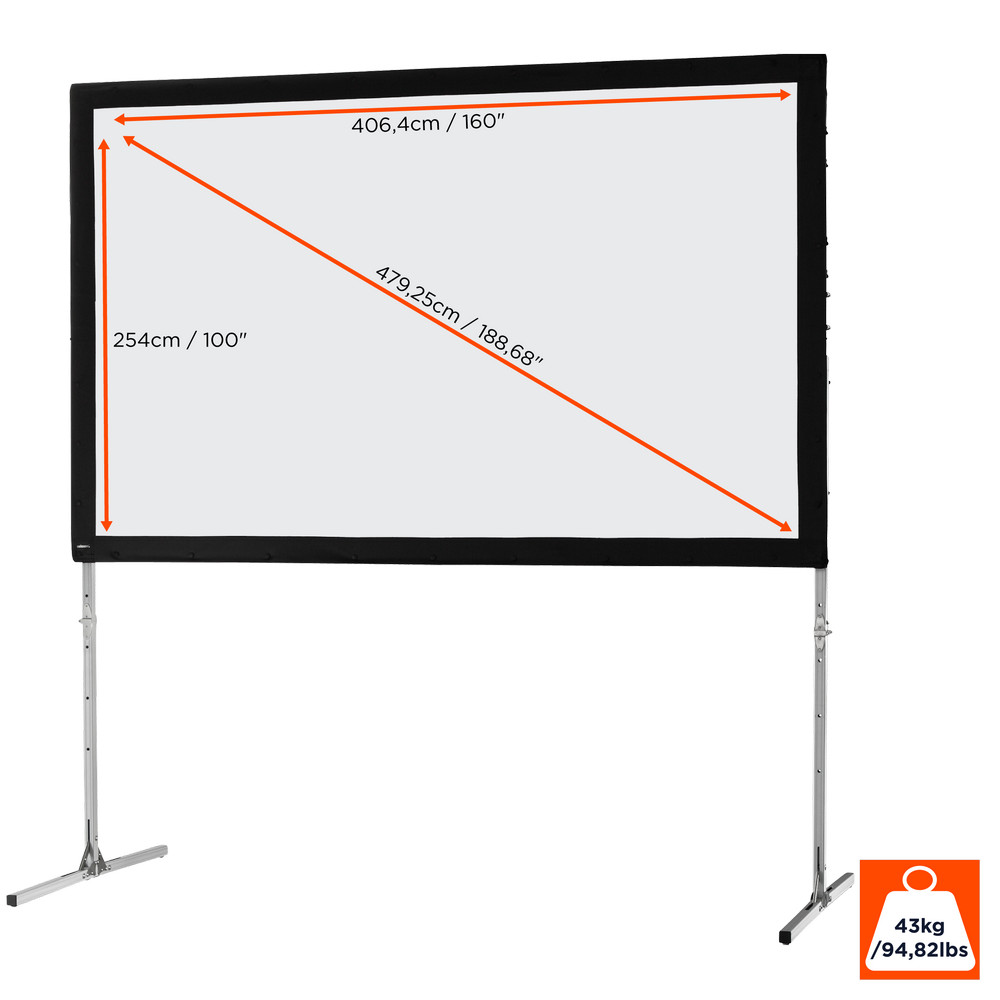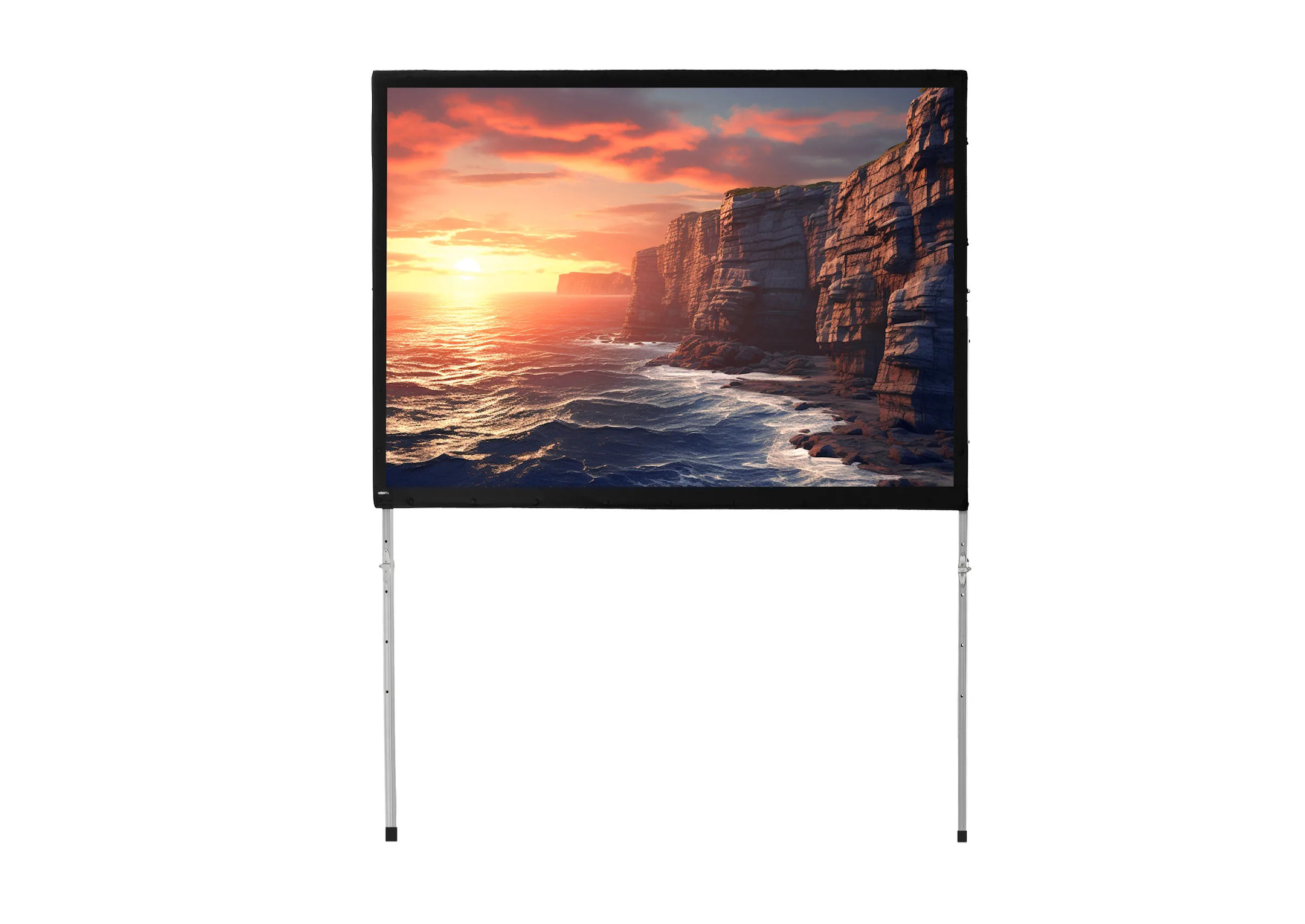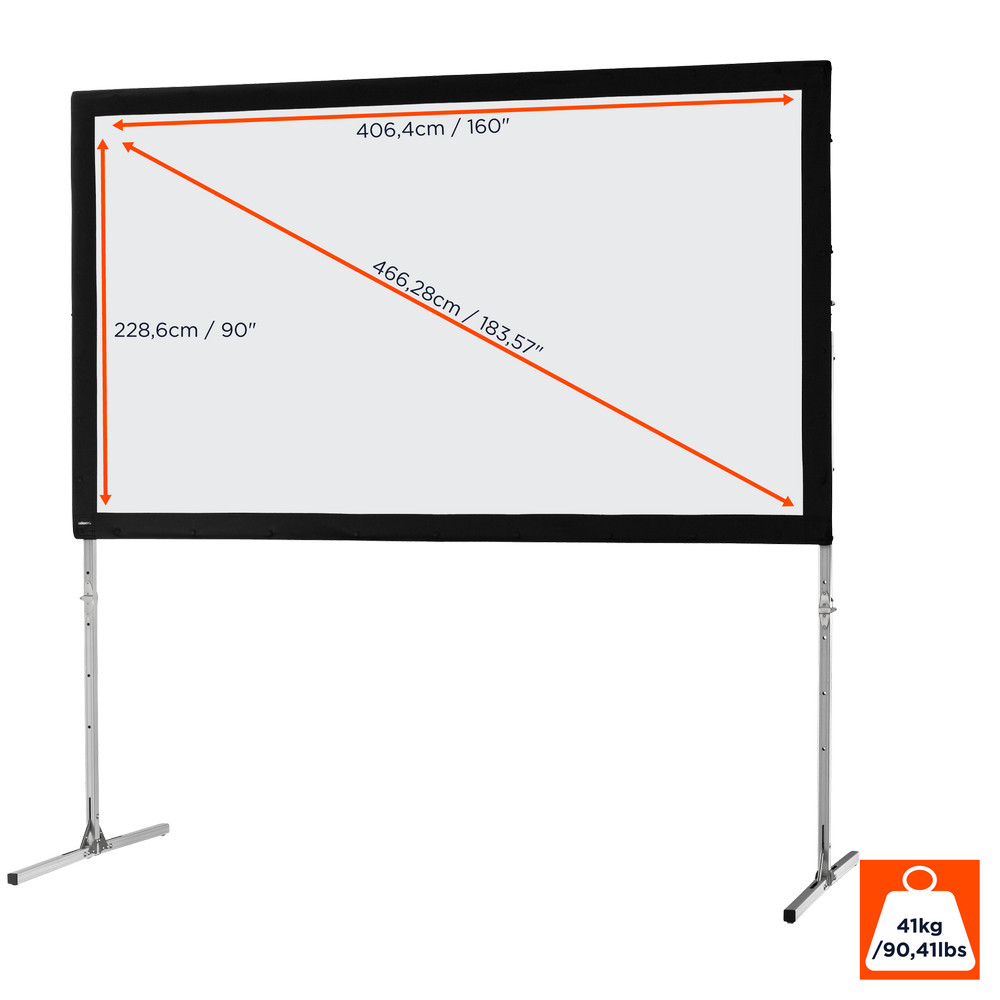celexon Mobil Expert-Series
Discover the versatile celexon Mobil Expert screen series for impressive presentations and screenings. With outstanding image quality and easy handling, these screens offer flexibility and robustness. Choose the right screen for your needs from a range of size options. We also offer a first-class range of accessories .Immerse yourself in a world of first-class projection technology and bring your presentations to life. Explore the celexon Mobil Expert projection screen series and give your presentations the wow effect.

30 Products
Sort by:
Page
Page

















































































































































